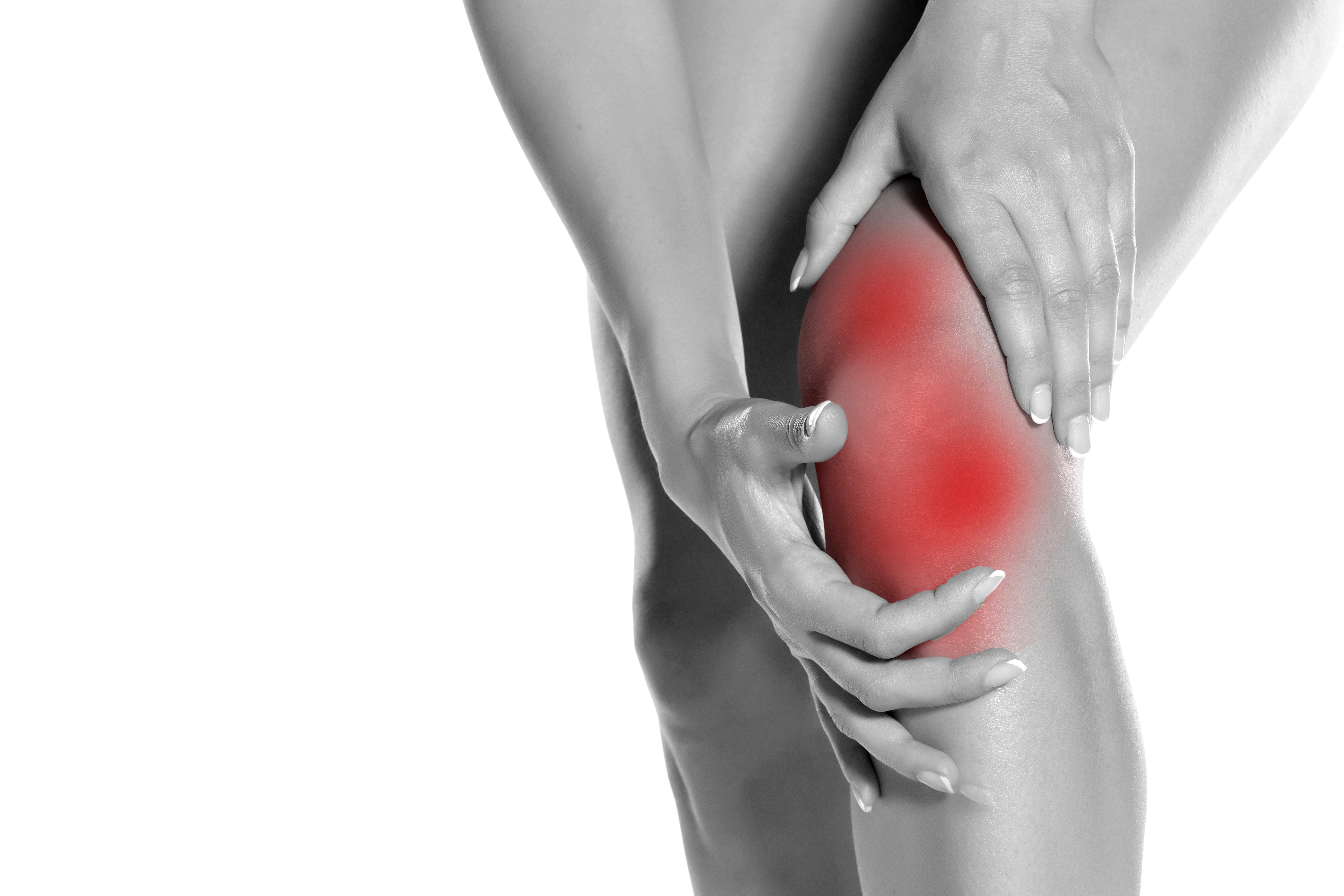We’ve all experienced discomfort in our bodies, but we might not always know when discomfort warrants further inspection. In some cases, knee joint issues can lead to a knee arthroscopy.
During a knee arthroscopy, a doctor creates a small incision in the knee and inserts a tiny camera called an arthroscope. Once the doctor has inserted an arthroscope, it helps to diagnose problems with the knee. By sending a feed of images to a monitor, the arthroscope helps a surgeon to guide tiny instruments during surgery. Using a much smaller incision prevents the need for open surgery. A smaller incision often means less pain, less stiffness, and quicker recovery.
If you are experiencing a condition that hasn’t responded to non-surgical methods (such as medications, injections, physical therapy, or rest), your doctor might recommend a knee arthroscopy.
Injuries to Treat with a Knee Arthroscopy
A knee arthroscopy can be a part of the treatment process for multiple conditions, including:
- Torn anterior or posterior cruciate ligaments. These are the ligaments that connect the thighbone to the shinbone, making an X-shaped cross in the center of the knee. If these ligaments tear, it can cause swelling, instability, and pain.
- Torn meniscus. The meniscus is the cartilage that cushions the space between your thighbone and shinbone. You may injure it by exerting pressure or rotative strain.
- A patella (kneecap) that is not aligned correctly.
- Bits of torn cartilage that are loose within the joint.
- A Baker’s cyst. These are fluid-filled cysts that cause bulging and tightness behind the knee. The condition may derive from other problems, such as arthritis or torn cartilage.
- Fractures in the knee bones.
- Swollen synovium or synovial membrane, the swelling of the lining in the knee joint.
A surgeon can perform a knee arthroscopy with one of three forms of anesthesia. You may receive local anesthesia, which will numb just the knee; regional anesthesia, which will numb you below the waist; or general anesthesia, which will put you to sleep entirely. Your doctor will discuss which method he or she considers to be the best option for you.
Based on the seriousness of the problem, the surgery will vary in length, but it will usually be complete within an hour. An hour or two after that, you should be able to go home—however, you should arrange for someone to give you a ride.
Once it becomes clear that you could benefit from a knee arthroscopy, your surgeon or doctor should discuss any pre-surgery routines that you should follow. If they do not, remember to ask about them. It is also necessary to inform your surgeon of any additional meds or supplements that you’re regularly taking, as there might be some that you need to stop taking before the surgery.
Always follow your doctor’s advice—your care team is in place to ensure that everything goes smoothly. If you heed their instructions, the process will be that much easier.
To learn more about this procedure, or to make an appointment with one of our board-certified surgeons at Landa Spine and Orthopedic Center, call (201) 849-7013.

